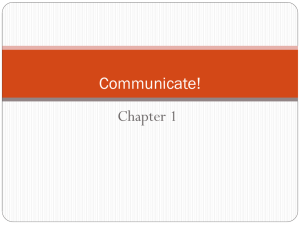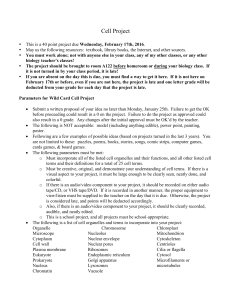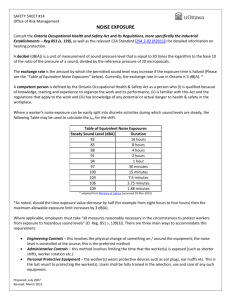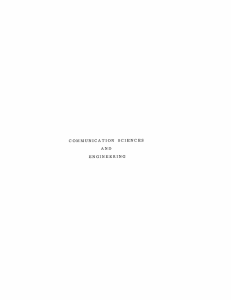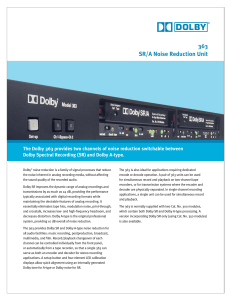Wikipedia Dynamic range - Essence For High Resolution Audio
advertisement
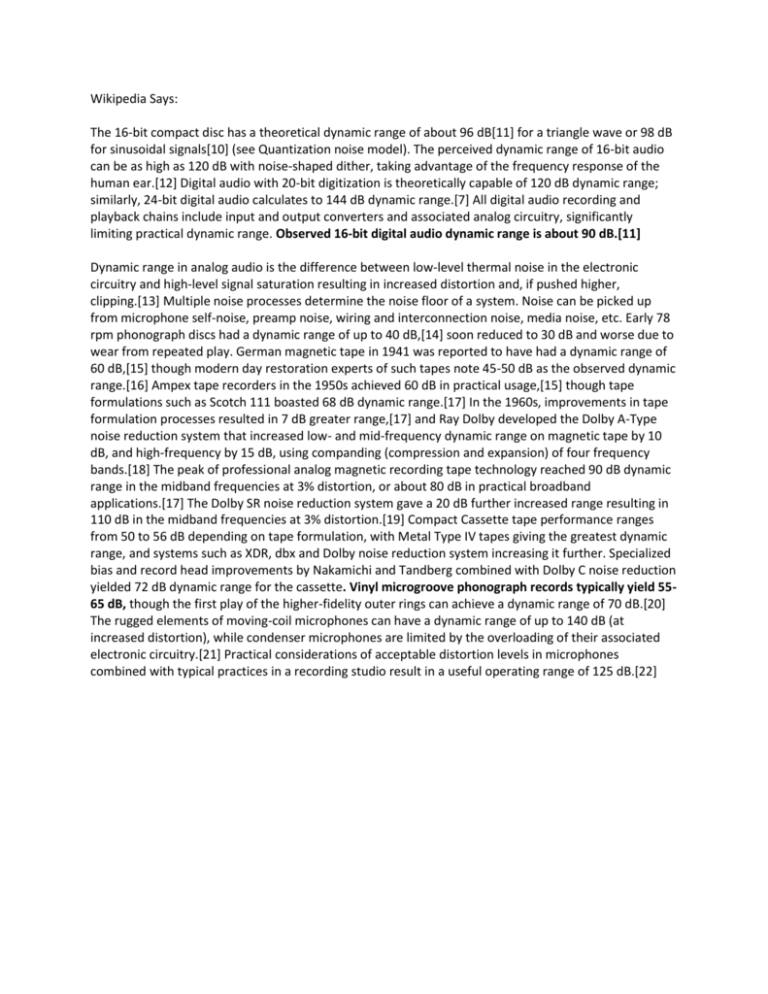
Wikipedia Says: The 16-bit compact disc has a theoretical dynamic range of about 96 dB[11] for a triangle wave or 98 dB for sinusoidal signals[10] (see Quantization noise model). The perceived dynamic range of 16-bit audio can be as high as 120 dB with noise-shaped dither, taking advantage of the frequency response of the human ear.[12] Digital audio with 20-bit digitization is theoretically capable of 120 dB dynamic range; similarly, 24-bit digital audio calculates to 144 dB dynamic range.[7] All digital audio recording and playback chains include input and output converters and associated analog circuitry, significantly limiting practical dynamic range. Observed 16-bit digital audio dynamic range is about 90 dB.[11] Dynamic range in analog audio is the difference between low-level thermal noise in the electronic circuitry and high-level signal saturation resulting in increased distortion and, if pushed higher, clipping.[13] Multiple noise processes determine the noise floor of a system. Noise can be picked up from microphone self-noise, preamp noise, wiring and interconnection noise, media noise, etc. Early 78 rpm phonograph discs had a dynamic range of up to 40 dB,[14] soon reduced to 30 dB and worse due to wear from repeated play. German magnetic tape in 1941 was reported to have had a dynamic range of 60 dB,[15] though modern day restoration experts of such tapes note 45-50 dB as the observed dynamic range.[16] Ampex tape recorders in the 1950s achieved 60 dB in practical usage,[15] though tape formulations such as Scotch 111 boasted 68 dB dynamic range.[17] In the 1960s, improvements in tape formulation processes resulted in 7 dB greater range,[17] and Ray Dolby developed the Dolby A-Type noise reduction system that increased low- and mid-frequency dynamic range on magnetic tape by 10 dB, and high-frequency by 15 dB, using companding (compression and expansion) of four frequency bands.[18] The peak of professional analog magnetic recording tape technology reached 90 dB dynamic range in the midband frequencies at 3% distortion, or about 80 dB in practical broadband applications.[17] The Dolby SR noise reduction system gave a 20 dB further increased range resulting in 110 dB in the midband frequencies at 3% distortion.[19] Compact Cassette tape performance ranges from 50 to 56 dB depending on tape formulation, with Metal Type IV tapes giving the greatest dynamic range, and systems such as XDR, dbx and Dolby noise reduction system increasing it further. Specialized bias and record head improvements by Nakamichi and Tandberg combined with Dolby C noise reduction yielded 72 dB dynamic range for the cassette. Vinyl microgroove phonograph records typically yield 5565 dB, though the first play of the higher-fidelity outer rings can achieve a dynamic range of 70 dB.[20] The rugged elements of moving-coil microphones can have a dynamic range of up to 140 dB (at increased distortion), while condenser microphones are limited by the overloading of their associated electronic circuitry.[21] Practical considerations of acceptable distortion levels in microphones combined with typical practices in a recording studio result in a useful operating range of 125 dB.[22]

